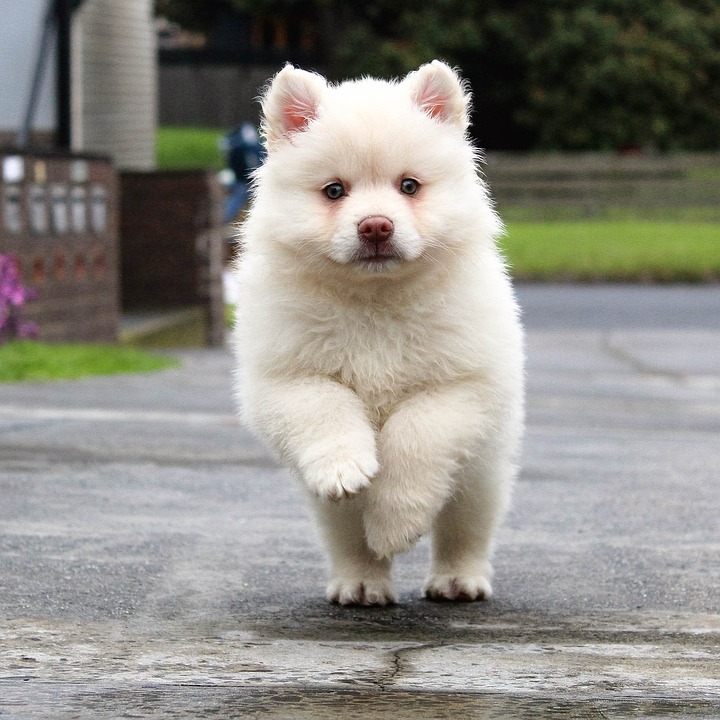Introducing your dog to new people is an important aspect of their socialization and can contribute to their overall well-being. However, it’s crucial to approach these introductions with care and consideration to ensure a positive experience for both your dog and the new person. Here is a step-by-step guide on how to introduce your dog to new people, including key tips and techniques.
Step 1: Assess Your Dog’s Comfort Level
Before introducing your dog to new people, it’s essential to assess their comfort level in social situations. Some dogs may naturally be more outgoing and friendly, while others may be more timid or anxious. Understanding your dog’s temperament will help you tailor the introduction process accordingly.
Step 2: Prep Your Dog for Success
To set your dog up for a successful introduction, there are a few preparations you can make. Firstly, ensure that your dog has a good grasp of basic obedience commands such as “sit,” “stay,” and “leave it.” This will help you maintain control and manage any potential excitement or anxiety during the introduction. Secondly, provide your dog with ample exercise and mental stimulation prior to the introduction. A tired dog is generally more relaxed and less likely to exhibit excessive excitement or nervousness. Lastly, keep your dog on a leash and use a secure collar or harness during the introduction. This will give you better control over their behavior and prevent any unexpected reactions.
Step 3: Choose the Right Environment
Selecting the appropriate environment for the introduction is crucial. Opt for a calm and neutral location, preferably away from distractions or overwhelming stimuli. Your dog should feel comfortable and at ease in this setting.
Step 4: Introduce Your Dog from a Distance
To prevent overwhelming your dog, initiate the introduction from a distance. Maintain a safe distance between your dog and the new person, allowing them to observe each other without direct interaction. This step helps your dog gauge the stranger’s presence and body language without feeling threatened.
Step 5: Reward Positive Behavior
As your dog remains calm and relaxed, provide positive reinforcement through treats or verbal praise. This will help create positive associations with the presence of the new person. Remember to use a calm and soothing tone to reinforce a peaceful environment.
Step 6: Gradual Approach and Interaction
Once your dog appears comfortable and relaxed, start gradually closing the distance between them and the new person. Allow your dog to approach at their own pace, always respecting their boundaries. Encourage the new person to avoid making sudden movements, loud noises, or direct eye contact, as these can be intimidating for dogs.
Step 7: Monitor Body Language
Throughout the introduction, keep a close eye on both your dog’s and the new person’s body language. Signs of anxiety or stress in your dog may include cowering, tucking their tail, growling, or excessive panting. If you notice any of these signs, take a step back and allow your dog more time to adjust.
FAQs
Q1: What if my dog shows signs of aggression during the introduction?
If your dog exhibits signs of aggression, it’s best to consult a professional dog trainer or behaviorist. Aggression can stem from fear, anxiety, or a lack of socialization, and it’s crucial to address the issue with expert guidance.
Q2: How long does it take for a dog to become comfortable with new people?
The time it takes for a dog to become comfortable with new people can vary greatly. Some dogs may warm up quickly, while others may require more time and patience. It’s essential to respect your dog’s individual pace and avoid rushing the process.
Q3: Can I skip any of the steps in the introduction process?
While every dog is unique, it’s generally not recommended to skip any of the steps in the introduction process. Each step serves a purpose in ensuring a positive experience for both your dog and the new person. Rushing the process may increase the likelihood of negative reactions or setbacks.
Remember, introducing your dog to new people is a gradual process that requires patience and understanding. By following this step-by-step guide and being attentive to your dog’s needs, you can help foster positive social interactions and ensure your furry friend feels comfortable and safe in any situation.









